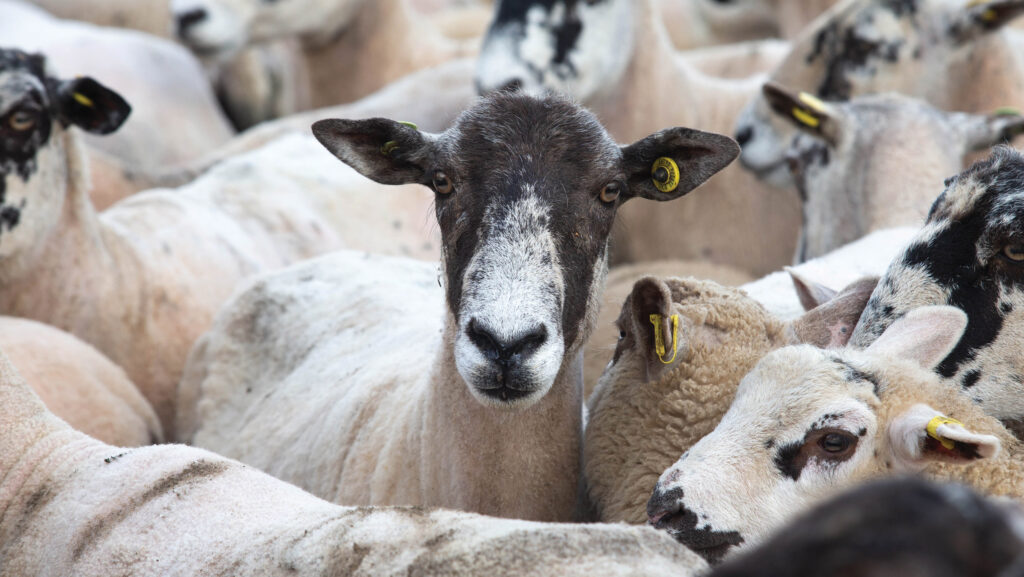How a flock health plan can help improve performance
 © Tim Scrivener
© Tim Scrivener Use of flock health plans and KPIs can be invaluable for any sheep farmer to monitor output, reduce costs and improve flock health.
They are also a positive way to engage with the farm vet.
KPIs provide information on the performance of a flock and can be compared against industry figures.
See also: Could thin ewes be a sign of infectious disease on your farm?
Targets vary based on the setup of the flock and the lambing system used.
Using KPIs and flock data can help prevent common issues as well as improve performance of the flock as a whole.
For example, target scanning percentage varies from about 150% to 180%, depending on breed and location.
About the author
 Sasha Wicks is a vet at Torch Farm Vets.
Sasha Wicks is a vet at Torch Farm Vets.
Here she explains how flock health can help identify potential issues affecting productivity and guide future decisions.
If a drop in scanning percentage is noted, or a flock is consistently below the target, this would be an opportunity to identify a potential issue within the flock.
The problem could be an iceberg disease – these include maedi visna, Johne’s, caseous lymphadenitis, ovine pulmonary adenocarcinoma and borders disease – an inadequate nutrition plane, or parasite burden.
However, this is not an extensive list.
Data needed for health review
To get the most from a flock health plan, accurate numbers and figures need to be readily available.
As well as scanning percentages, these will include morbidity and mortality data throughout the previous year.
Recording scanning percentage against the number of lambs reared or sold is also an easy way to identify potential losses to the farm.
Data collection can be a difficult task for any farmer, so tailoring which data points are most beneficial is a good starting point.
It is a requirement that all sheep have an electronic identification (EID) tag in the UK.
These tags allow data to be recorded into a EID reader, which will automatically attach these data to the ear tag of the animal.
Many sheep farmers are beginning to use online systems that use data such as daily liveweight gain, scanning results, disease cases, treatments used and medicine stocks.
Systems like this can make a farm more efficient and the data more accessible.
Timing
Flock health plans can be carried out at any time of year. However, many farmers find having a review at certain points of the year more useful, such as after lambing or weaning.
A health plan will include a health and performance review, which will look at case numbers of various conditions including lameness, parasite burdens, infectious diseases and lambing concerns.
The aim of this is to identify any potential issues that may have occurred within the previous year.
During discussions with the vet, any concerns raised can then potentially be investigated further. In one case, a farmer struggled to get ewes back up to condition after weaning.
Through discussion, it transpired that these tended to be older animals, so 12 ewes were sampled for a cull ewe screen. Eight tested positive for Johne’s.
Following further investigation, the farmer decided to vaccinate for Johne’s and has reduced barren rate and culling rate significantly.
Funding
Financial help in England from the Animal and Plant Health Agency is available for sheep farms and consists of an initial £436, with a further £639 in follow-up funding.
This can be used to identify and investigate potential weaknesses within the flock, through monitoring KPIs or using a health plan. The farm vet can assist with this process.
